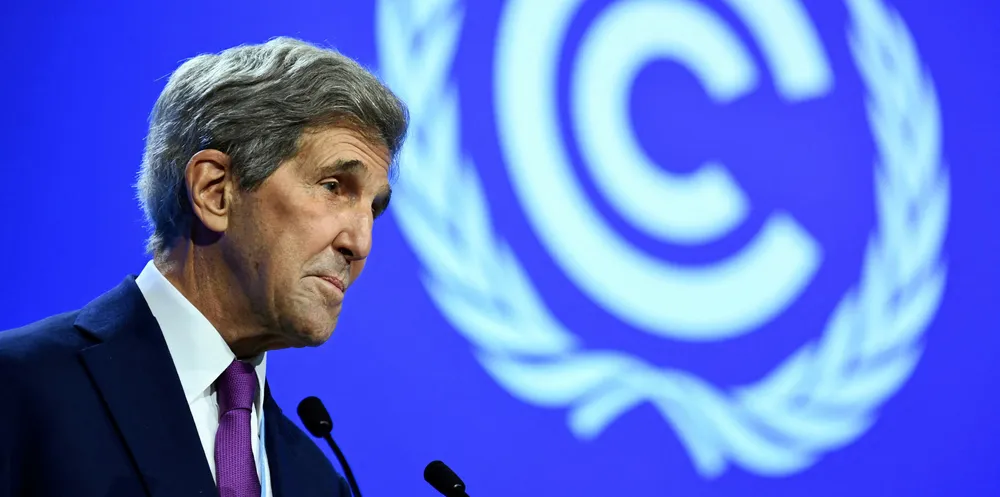New US-led net zero mission launched for cities, industries and next-gen CO2 removal
Over 20 nations plus the European Commission kick-off initiative focused on technologies to decarbonise sectors accounting for half of global emissions

Over 20 nations plus the European Commission kick-off initiative focused on technologies to decarbonise sectors accounting for half of global emissions
